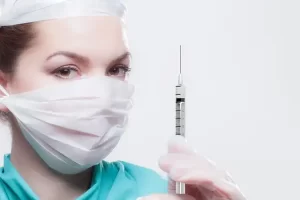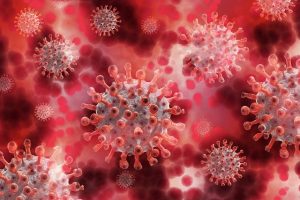ALK gene mutation: the effective time of the drug varies greatly
- Mifepristone: A Safe and Effective Abortion Option Amidst Controversy
- Asbestos Detected in Buildings Damaged in Ukraine: Analyzed by Japanese Company
- New Ocrevus Subcutaneous Injection Therapy Shows Promising Results in Multiple Sclerosis Treatmen
- Dutch Man Infected with COVID-19 for 613 Days Dies: Accumulating Over 50 Virus Mutations
- Engineered Soybeans with Pig Protein: A Promising Alternative or Pandora’s Dish?
- Severe Fever with Thrombocytopenia Syndrome (SFTS): A Tick-Borne Threat with High Mortality
ALK gene mutation: the effective time of the drug varies greatly
ALK gene mutation: the effective time of the drug varies greatly. Targeted drugs bring vitality to patients with ALK gene mutations in non-small cell lung cancer, but did you know that ALK fusion gene mutations have more than 90 fusion partners, and the efficacy of different gene-targeted drugs is quite different.
In 2007, researchers discovered ALK gene (anaplastic lymphoma kinase) fusion mutations in non-small cell lung cancer, and then a series of targeted drugs emerged one after another.
At present, there are many targeted drugs for ALK gene fusion mutations, such as crizotinib, ceritinib, aletinib, brigatinib, ensatinib, loratinib and so on.
These targeted drugs have brought vitality to patients with ALK gene mutations, helping many patients to easily cross the five-year survival barrier. For this reason, ALK fusion gene mutation is also called diamond mutation.
ALK fusion gene mutation: a large family with more than 90 fusion partners
Initially the ALK gene mutation detection was carried out by immunohistochemistry and in situ immunofluorescence hybridization (FISH). These tests can only tell us that the ALK gene has a fusion mutation, but cannot tell us which gene is fused with the ALK gene, and where Fracture and fusion occurred at the site.
With the advancement of next-generation gene sequencing technology, we can now clearly know which gene has a fusion mutation with the ALK gene, and where the break has occurred. Today, more than 90 ALK gene fusion partners have been identified in non-small cell lung cancer. However, although these are called ALK fusion mutations, they still have certain differences.
Most ALK fusion mutations occur between EML4 and ALK, accounting for 85% of all ALK fusion mutations. However, the fusion between EML4 and ALK also has many fractures and fusion forms. At present, the 8 subtypes of EML4-ALK mutations are marked with different numbers: V1, V2, V3a/b, V4′, V5a/b, V5 ‘, V7, V8.
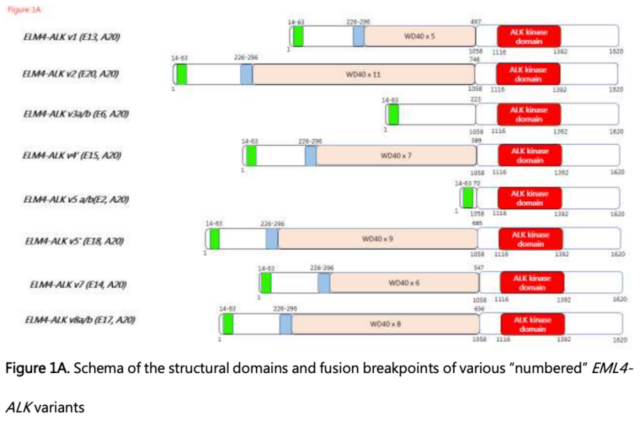
Figure 1. The structural characteristics of the main variants of the EML4-ALK fusion gene
Among them, V1 and V3a/b are the two most common mutants, accounting for 75%-80% of all EML4-ALK fusion mutations. V3a/b and V5a/b are relatively short fusion mutants, and the other six are longer. The response rate and progression-free survival of these two fusion mutants to targeted drug therapy are different.
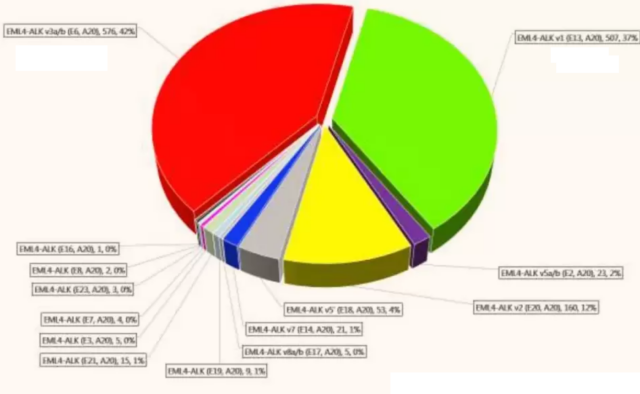
Figure 2. The main subtypes of EML4-ALK fusion mutations are V1 and V3a/b
Different ALK fusion mutations have different efficacy of targeted drugs
Although it is the same ALK gene fusion mutation, different partner genes, as well as mutants formed by breaking at different positions, have great differences in the efficacy of targeted drugs.
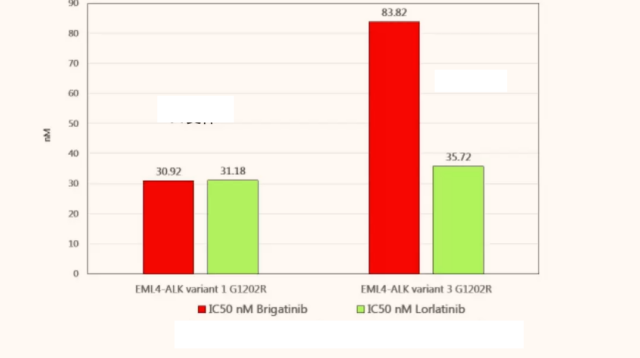
Figure 3. The inhibitory activity of six ALK-targeted drugs on different EML4-ALK variants is different
As shown in the figure above, the same use of crizotinib, the IC50 value of the V3a/3b mutant of EML4-ALK is very high, which shows that high doses of crizotinib are required to achieve a better therapeutic effect, and in the V1 mutation The body is much lower.
Therefore, if the patient is a v3a/3b variant of EML4-ALK, you should not choose the first-generation targeted drug crizotinib, but should choose the second-generation or third-generation ALK-targeted drug.
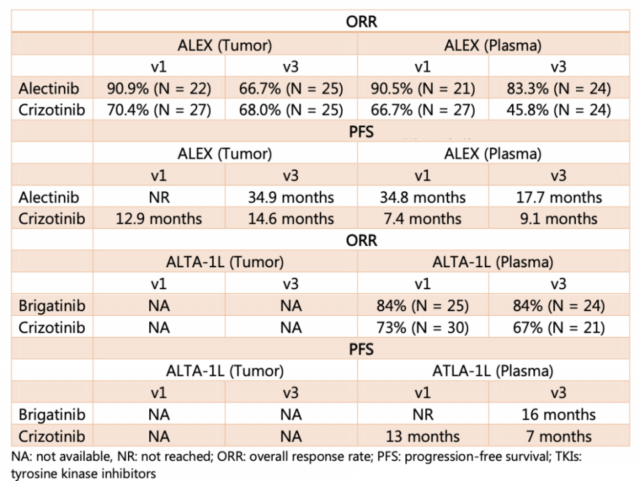
Figure 4. Clinical trials confirm that different ALK mutants have different efficacy of using drugs
As shown in the figure above, even for the same targeted drug, there are differences in the efficacy data between V1 and V3 mutants. Among them, the treatment response rate and progression-free survival of V3 mutants are lower than those of V1 variants. The V3a/b mutant of EML4-ALK is more prone to the mutation site of G1202R when using a new generation of targeted drugs.
After different EML4-ALK mutants are resistant | There is a difference in the efficacy of the drug
Lung cancer patients with ALK gene fusion mutations will also face the problem of drug resistance after using targeted drugs. The choice of targeted drugs for these different resistance sites is worthy of attention. For different ALK gene resistance sites, it is possible to use one drug to be effective while another drug is ineffective.
Now that we know that EML4-ALK has 8 mutant subtypes, the situation may be more complicated. In addition to considering the resistance mutation site of the ALK gene, it is also necessary to consider the variant form of EML4-ALK. V1 and V3 variants may use targeted drugs for different efficacy.

Figure 5. Different ALK mutants at the same drug resistance site have different efficacy of targeted drugs
Even if the same drug resistance mutation site, such as G1202R, or G1202del, L1198F, etc., in the two most common EML4-ALK fusion genes, V1 and V3, the efficacy of different targeted drugs is different. This is mainly because Judge by IC50 value.
As shown in Figure 5 above, for the G1202del mutation site of the ALK gene, even the third-generation targeted drug loratinib has less inhibitory activity on the V1 mutant than the second-generation targeted drug brigatinib. In this way, patients should refer to the drug resistance gene locus when choosing subsequent targeted drugs, and also need to consider the variant form of EML4-ALK.
Genetic testing is of great significance to the selection of targeted drugs
In many cases, as we gain a deeper understanding of a certain field, we will find that we are facing more and more problems. The advancement of molecular diagnostic technology has allowed us to understand the various subtypes of ALK gene mutations. In the face of different subtypes and numerous targeted drugs, patients should be more cautious in their choice of medication. The standard of this medication completely relies on genetic testing, so patients and their families need professional guidance in the selection of genetic testing institutions and products.
In patients with lung cancer with positive ALK gene mutations, if immunohistochemistry or FISH is used to detect mutations, it is recommended to choose a regular large company for testing. If the fusion mutant of the mutation site and ALK gene is detected by the second-generation gene sequencing technology, when the target drug resistance appears in the future, it is recommended to perform the genetic test again to clarify the specific drug resistance site and combine the mutation subtype of EML4-ALK. Type, and then choose the appropriate targeted drugs.
(source:internet, reference only)
Disclaimer of medicaltrend.org
Important Note: The information provided is for informational purposes only and should not be considered as medical advice.


